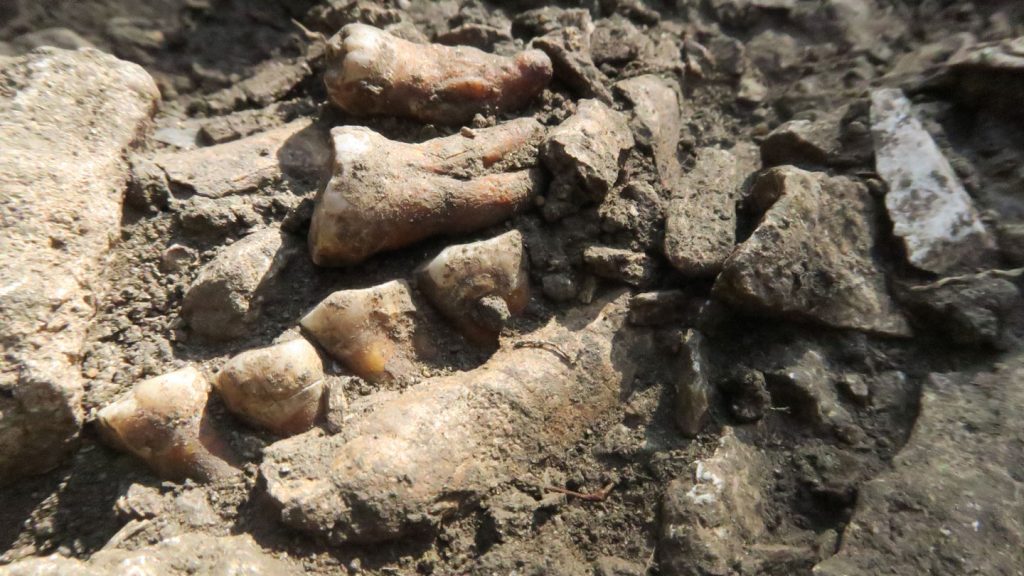The discovery of a Neanderthal population in southwestern Europe raises questions about their evolutionary history and complexity. The study led by Ludovic Slimak and Martin Sikora uncovered the remains of a Neanderthal nicknamed Thorin, who lived around 50,000 to 42,000 years ago. Between genetic analysis and dating methods, researchers were able to determine Thorin’s lineage and genetic structure, which indicated that he belonged to a unique group of Neanderthals that split from others around 105,000 years ago.
Thorin’s DNA showed no signs of interbreeding with other Neanderthals or Homo sapiens, suggesting isolated communities with close relatives. The genetic structure of Thorin’s lineage may have resulted from language or cultural differences that prevented mating with other Neanderthal groups. Further research is needed to confirm these findings and understand the population dynamics and demographics of Thorin’s lineage over time.
The similarities between Thorin’s DNA and that of a Neanderthal from Gibraltar suggest that the newly reported lineage extended across parts of southwestern Europe. However, uncertainties remain about the age and origin of the Gibraltar fossil. The isolation of Thorin’s lineage could have led to a decline in genetic diversity over time as communities became more isolated, which could be confirmed with further testing and excavation at Grotte Mandrin.
The genetic evidence from Thorin’s remains aligns with a scenario in which this Neanderthal belonged to a unique group that remained isolated from other populations in the region. The presence of consecutive identical gene variants in Thorin’s DNA suggests close mating among relatives in small communities, which may have contributed to the distinct genetic structure of his lineage. Further research is needed to unravel the evolutionary story of these close-knit Neanderthals and understand how their population dynamics changed over time.
The discovery of a long-lasting, isolated Neanderthal lineage in southwestern Europe sheds light on the complexity of their evolutionary history. Thorin’s remains provide valuable insights into the genetic structure of this unique group and raise questions about the cultural and social factors that may have influenced their population dynamics. Ongoing research and future excavations at Grotte Mandrin will help researchers better understand the genetic relationships and evolutionary trajectory of these isolated Neanderthals.


